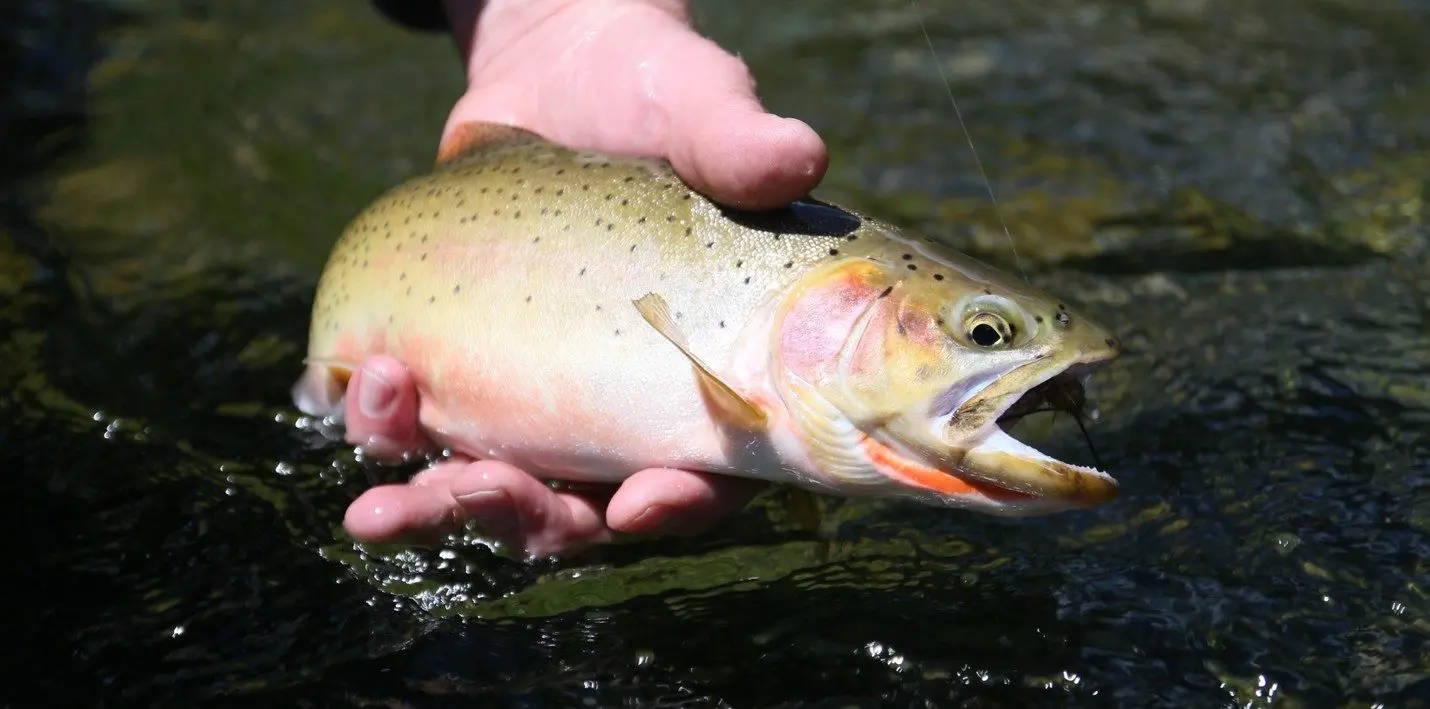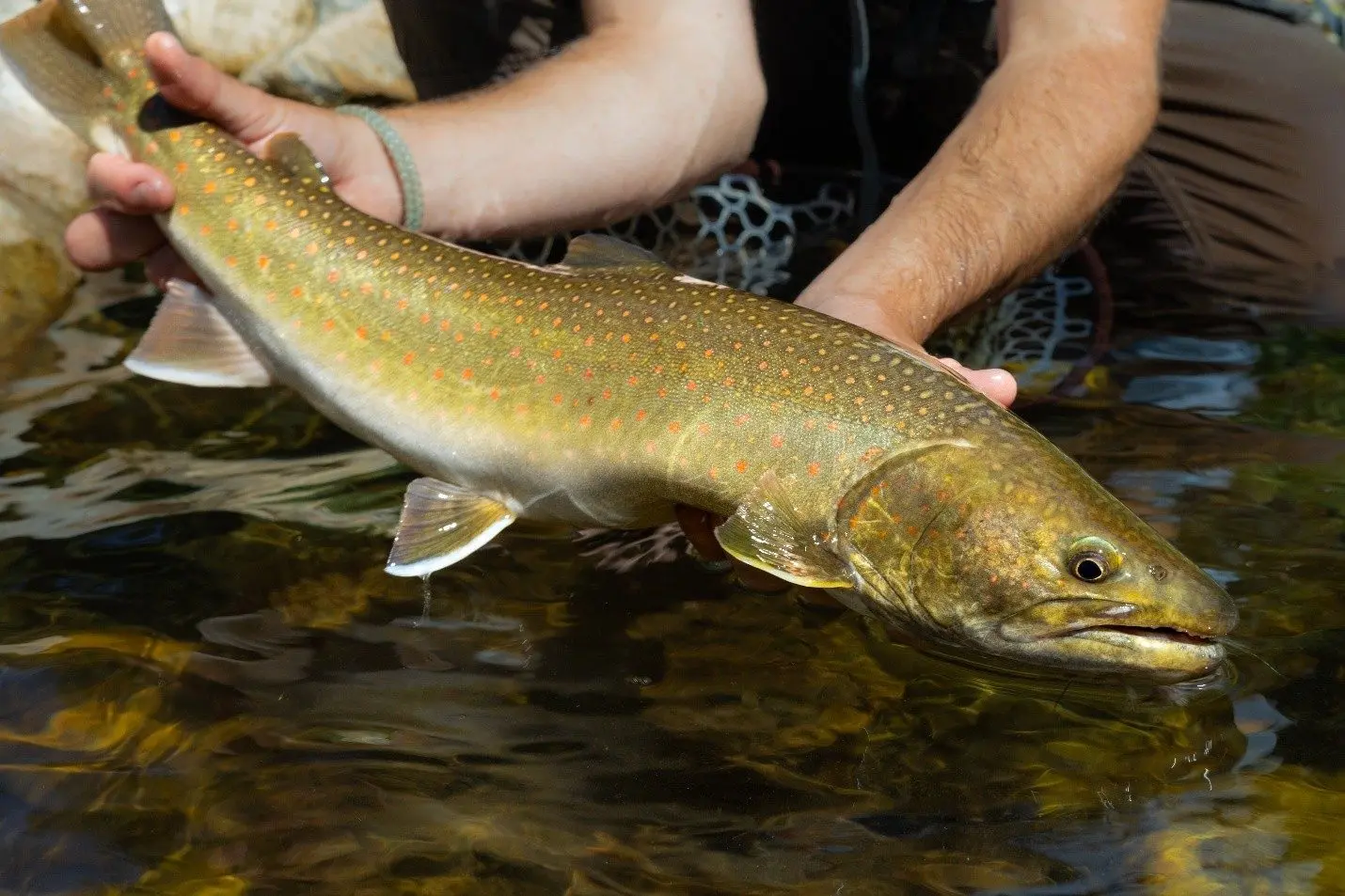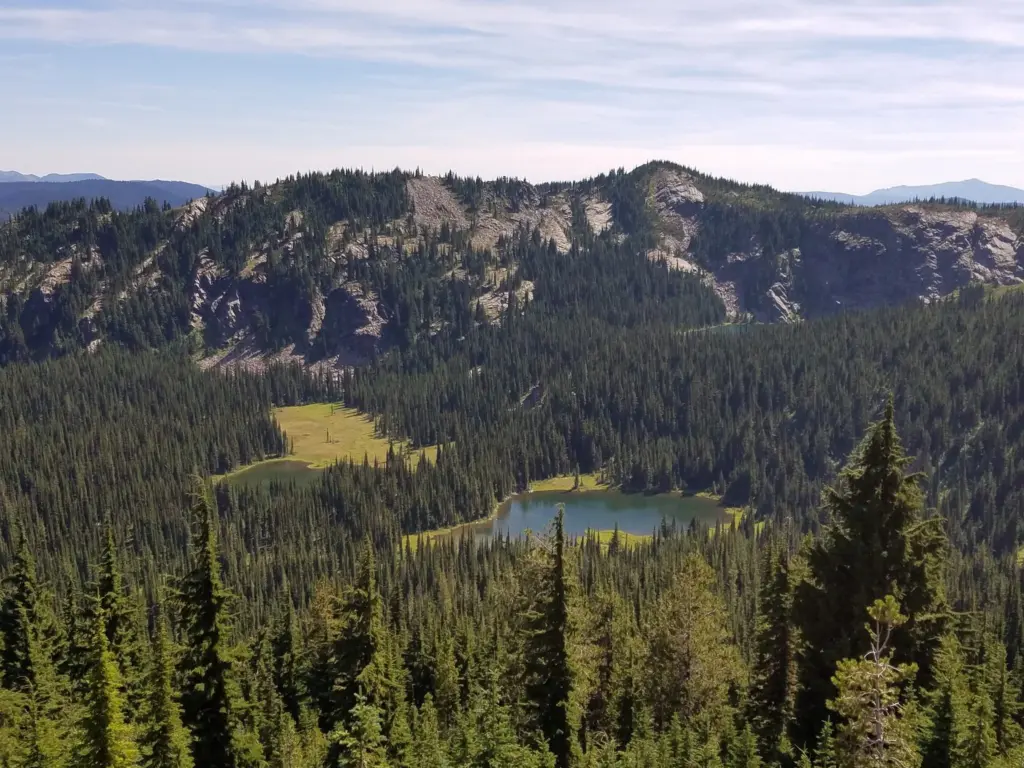
LEWISTON, ID — Idaho Fish and Game and partner agencies are moving forward with a project aimed at protecting native cutthroat and bull trout populations in the upper North Fork Clearwater River watershed by removing invasive brook trout from four high mountain lakes in the Five Lakes Butte area.
Brook trout, introduced decades ago, pose a growing threat to native fish in the region through competition, predation, and hybridization. Rising water temperatures may enable these invasive fish to expand their range, further endangering native species.

To address the issue, Idaho Fish and Game—alongside the U.S. Fish and Wildlife Service, Idaho Department of Agriculture, Trout Unlimited, U.S. Forest Service, and Idaho Department of Environmental Quality—plans to apply rotenone to Heather, Copper, Tin, and Platinum Lakes and their outlet streams beginning August 11. Rotenone is a naturally derived substance that temporarily eliminates fish by disrupting their ability to absorb oxygen.
This treatment follows earlier, partially successful efforts involving tiger musky stocking that significantly reduced but did not eliminate brook trout populations.
If successful, the removal would help restore a self-sustaining native fish sanctuary in the upper watershed, even as environmental conditions continue to change. Native trout collected from outlet streams will be relocated to nearby untreated areas to ensure their protection.
While the Five Lakes Butte area will remain open to the public, visitors are advised to avoid treatment waters and expect increased activity from July through September. Helicopters will deliver materials, and trail crews will be working in the area to support operations.
Three of the treated lakes—Heather, Copper, and Platinum—will eventually be restocked with sterile trout to maintain recreational fishing opportunities. Tin Lake will be left fishless to support amphibian populations.
More details on the project and area access are available through Idaho Fish and Game at Five Lakes Butte Native Fish Protection Project.





